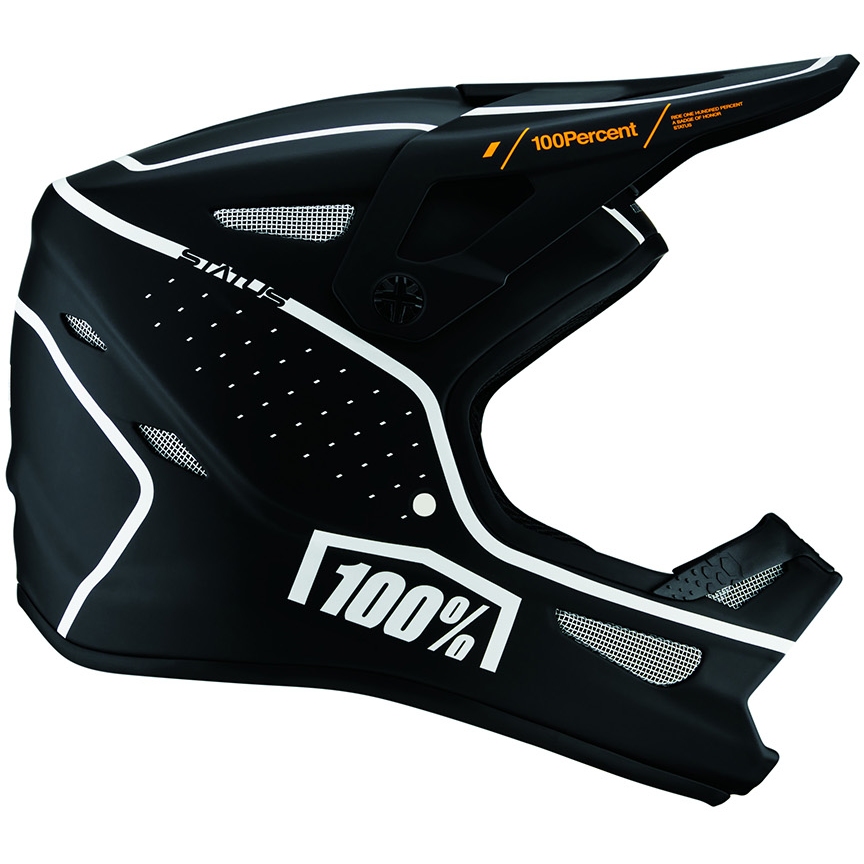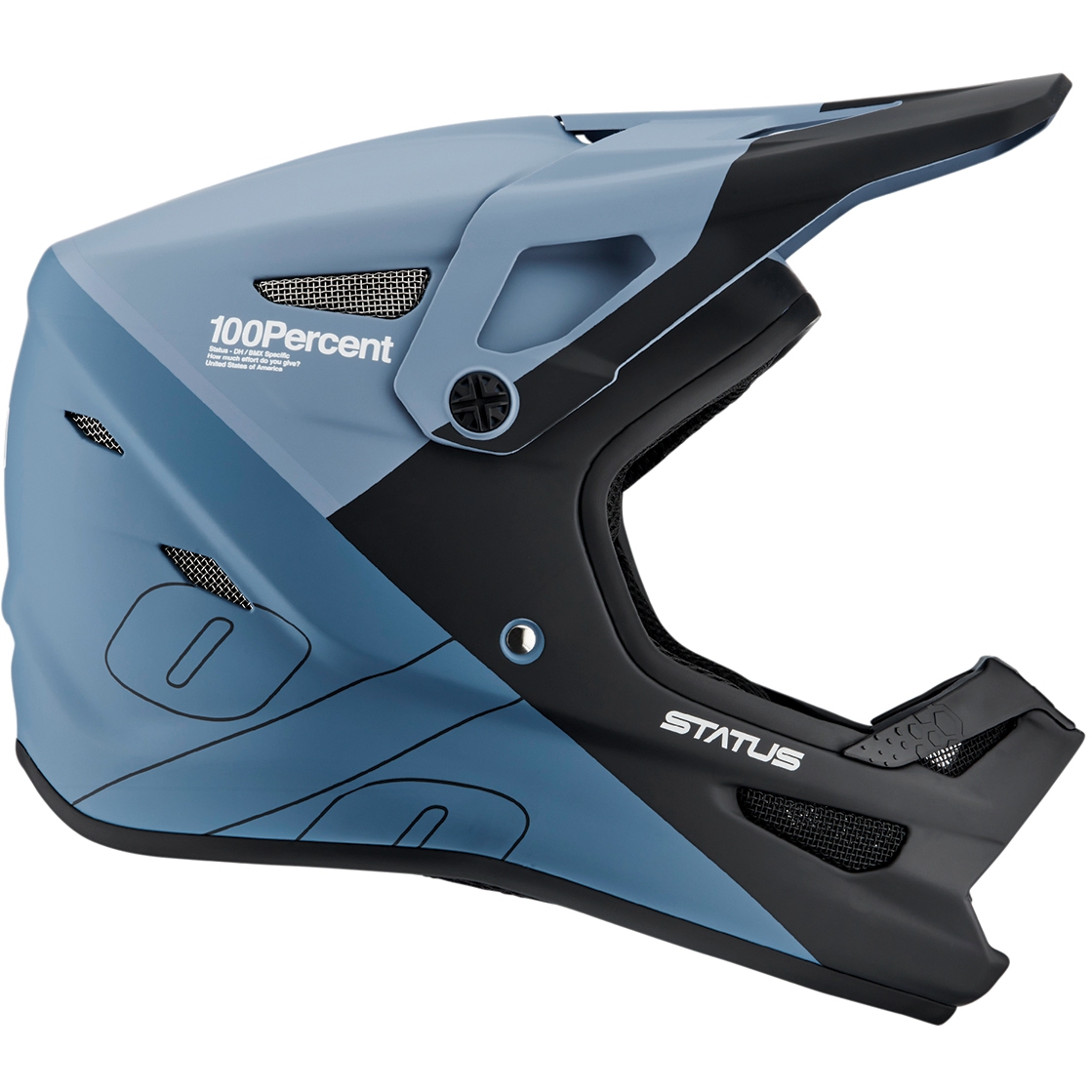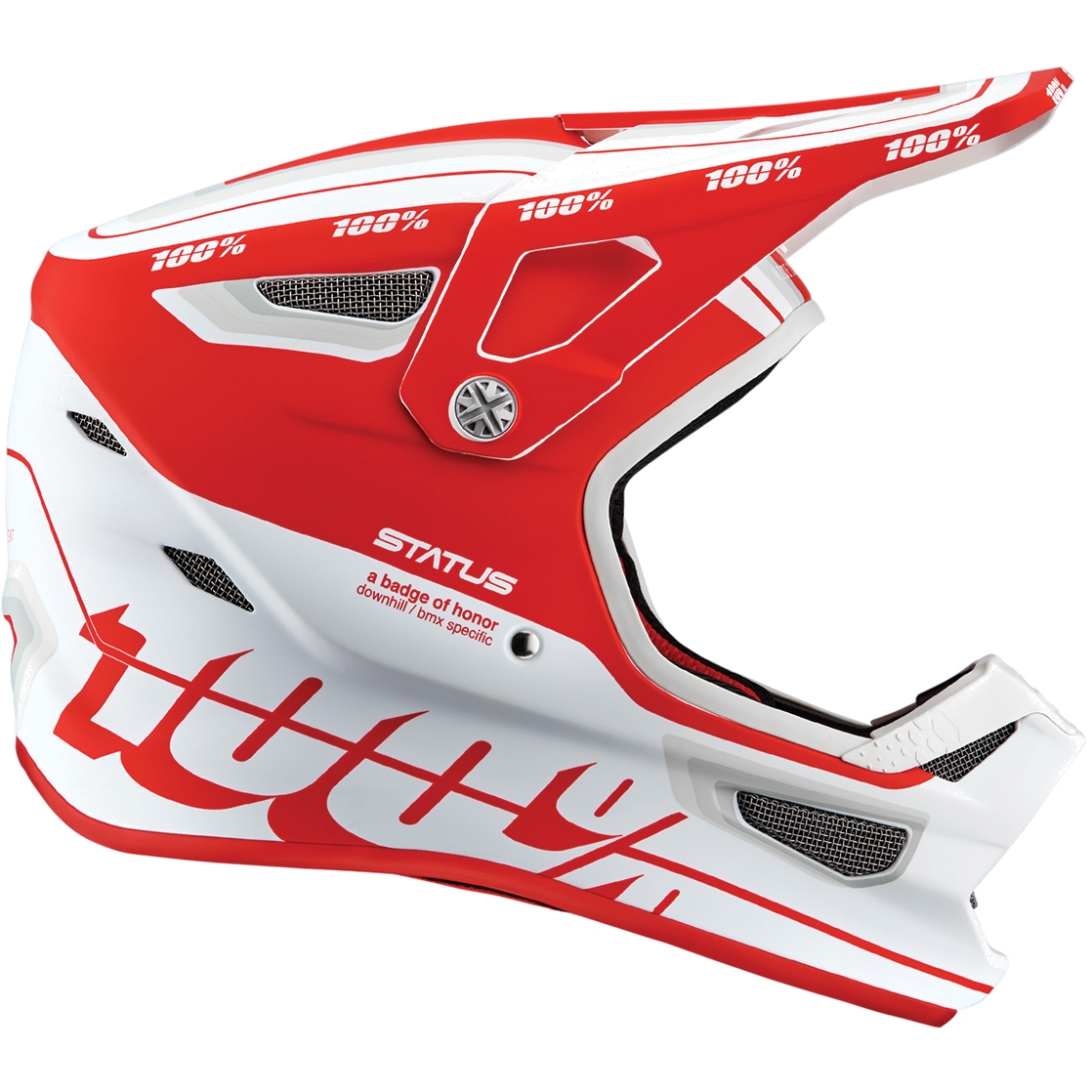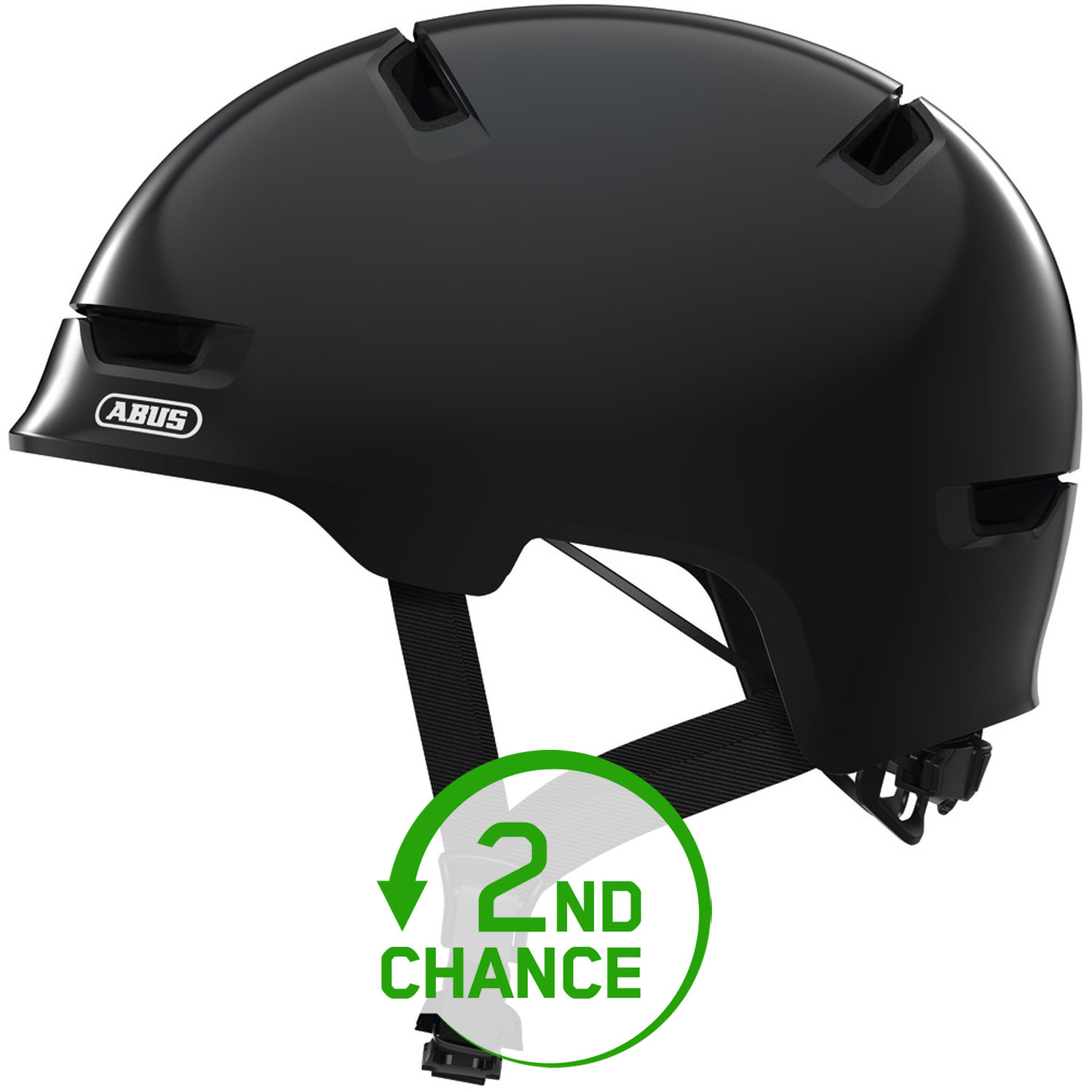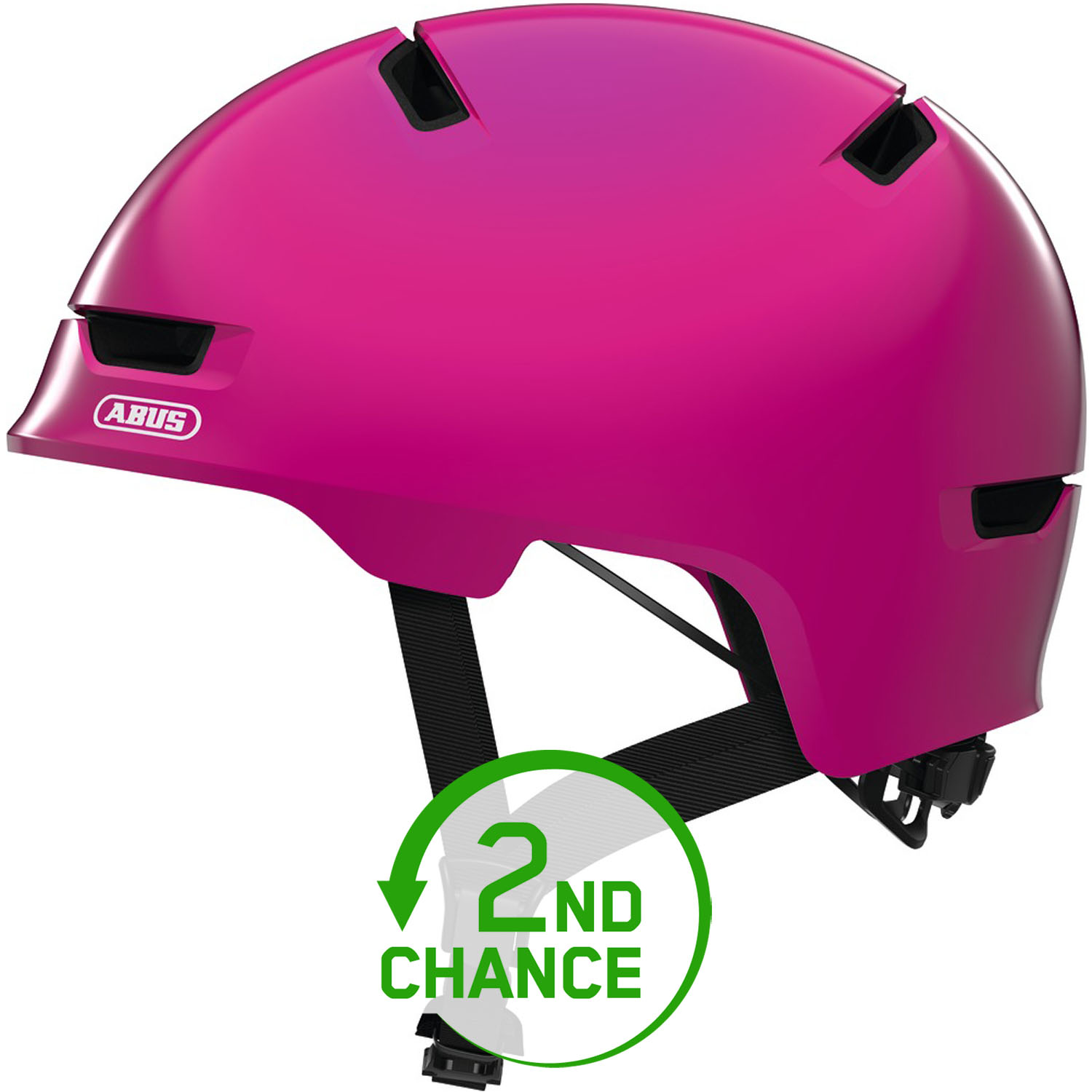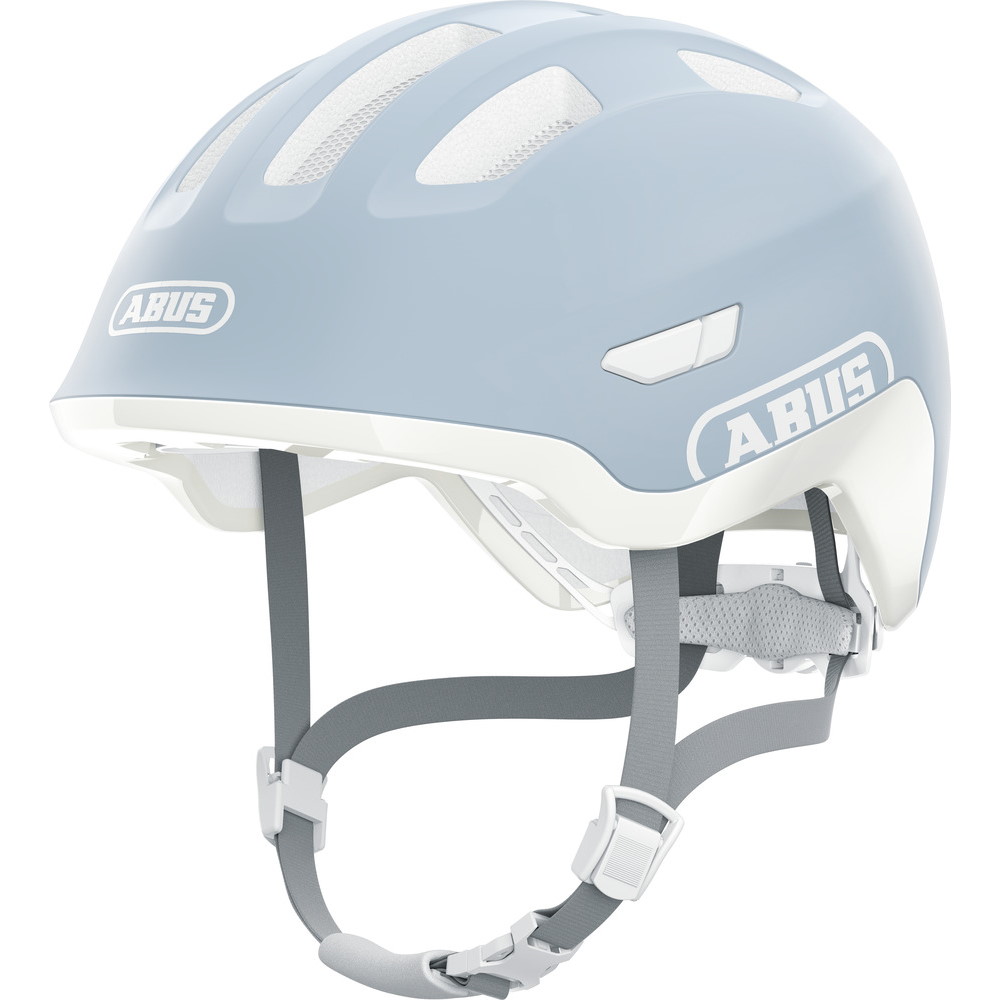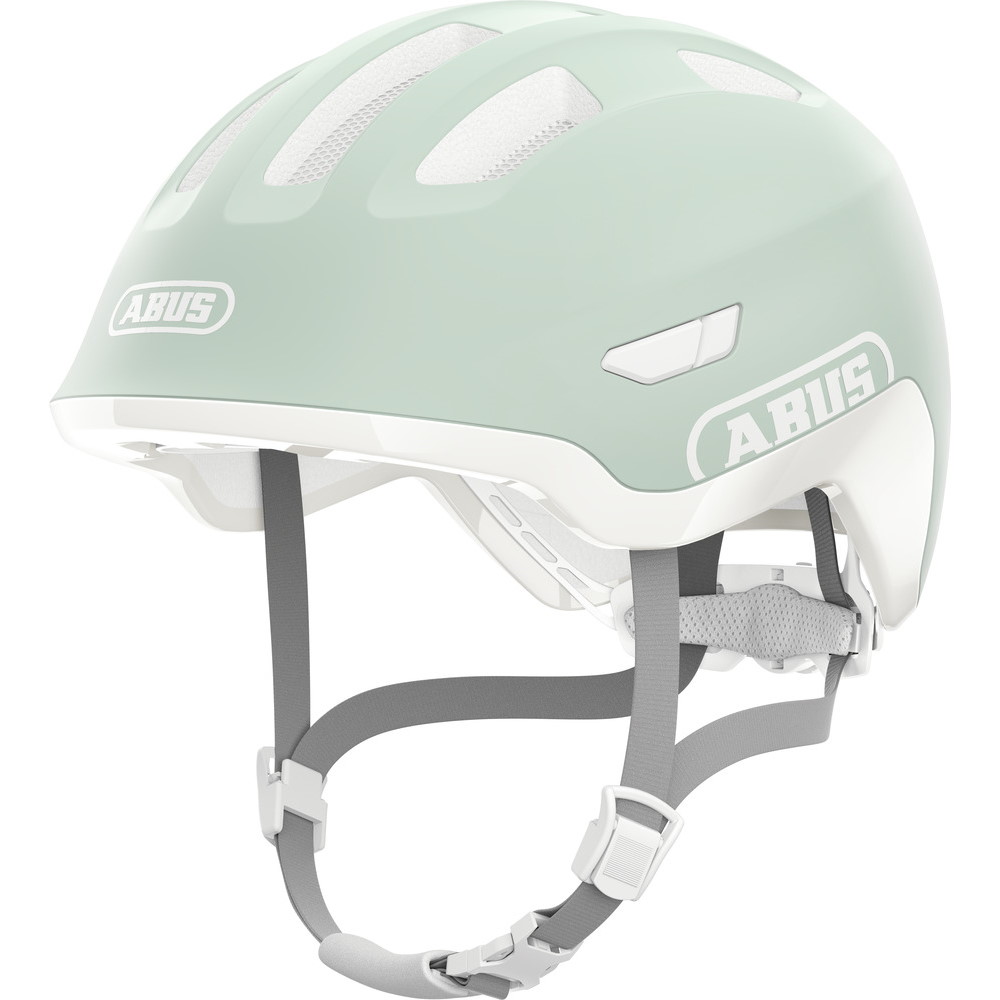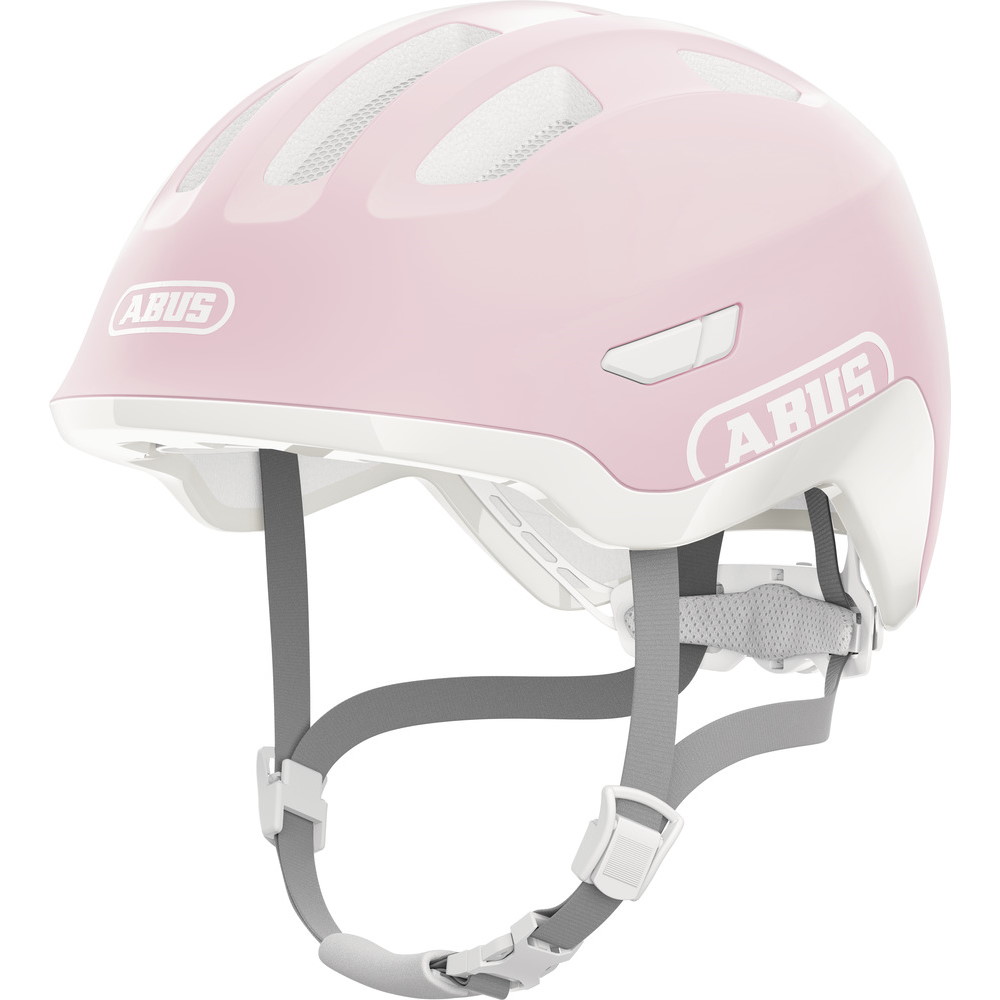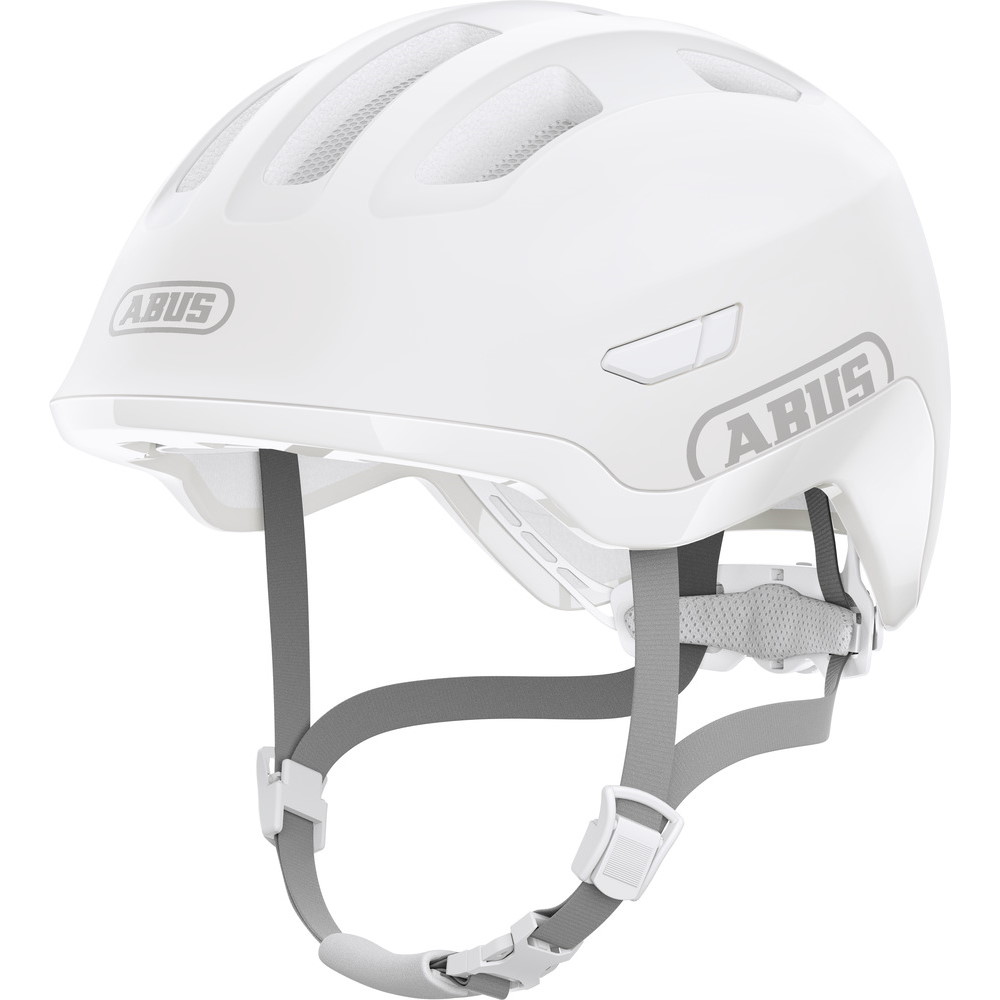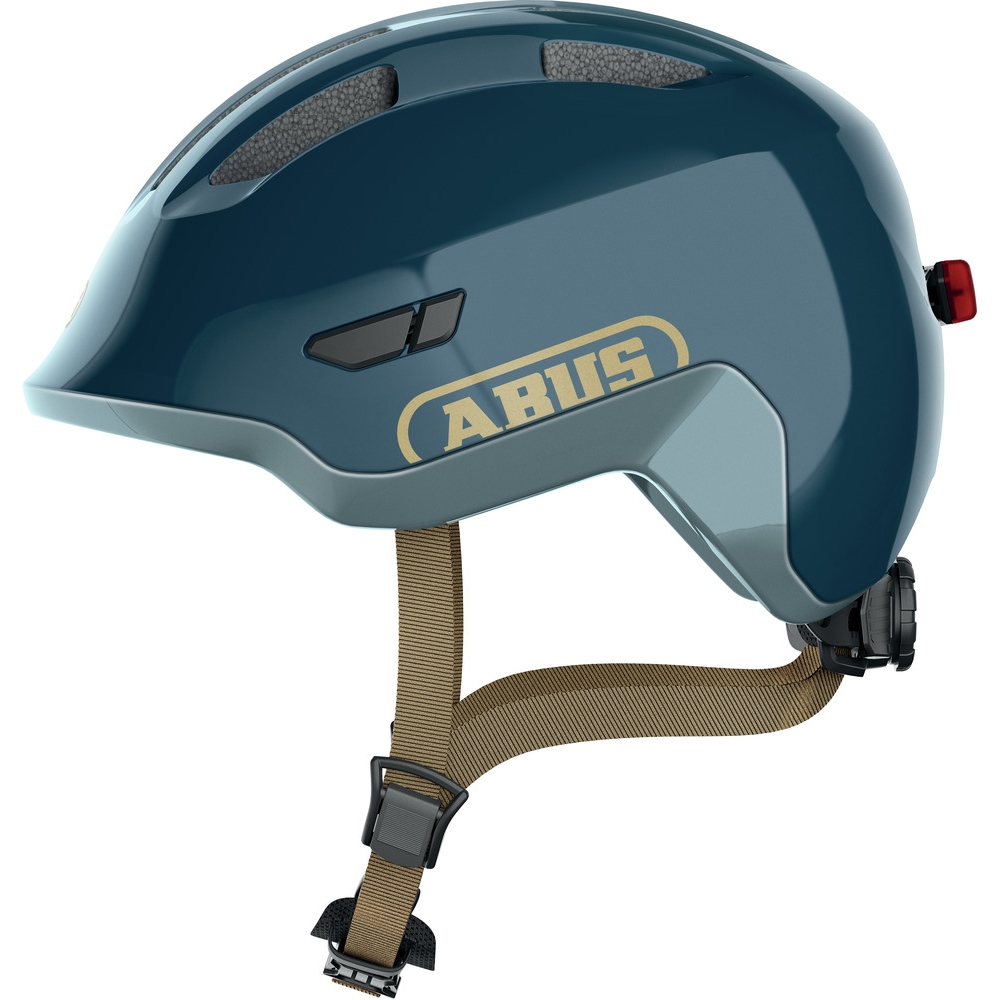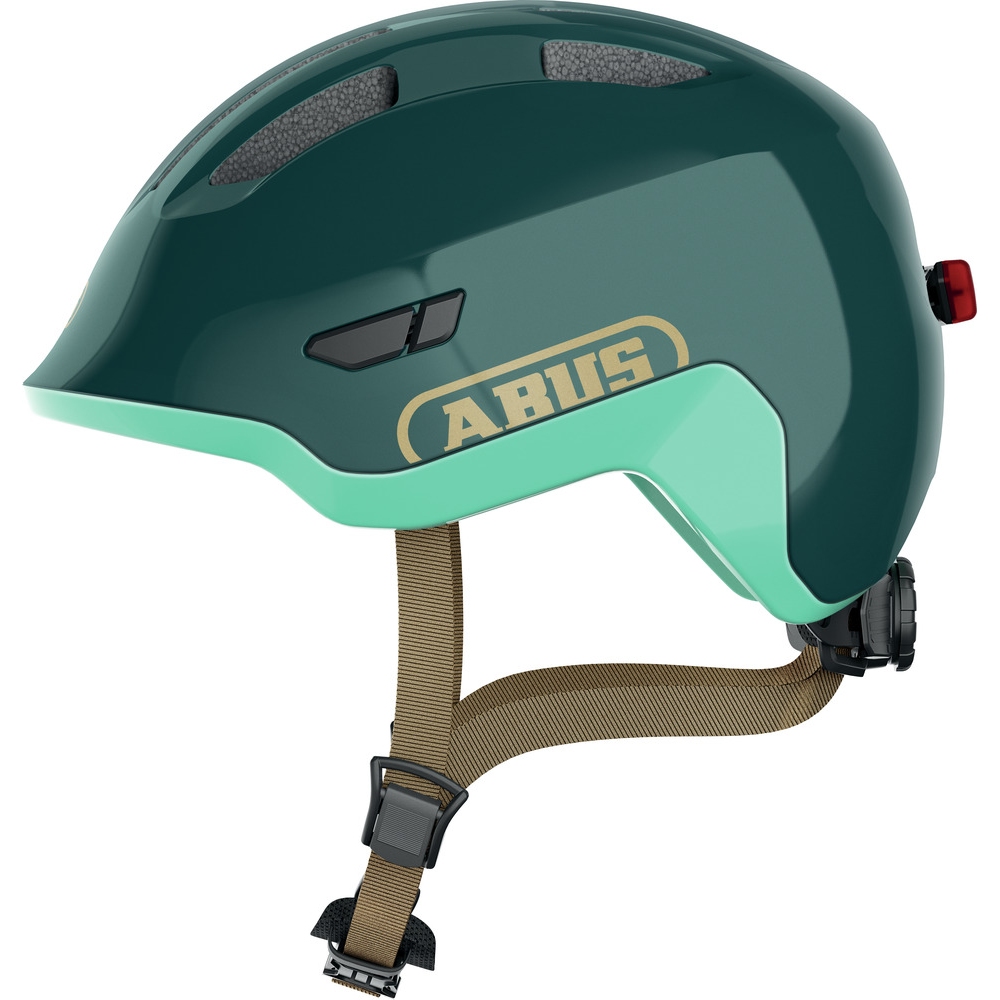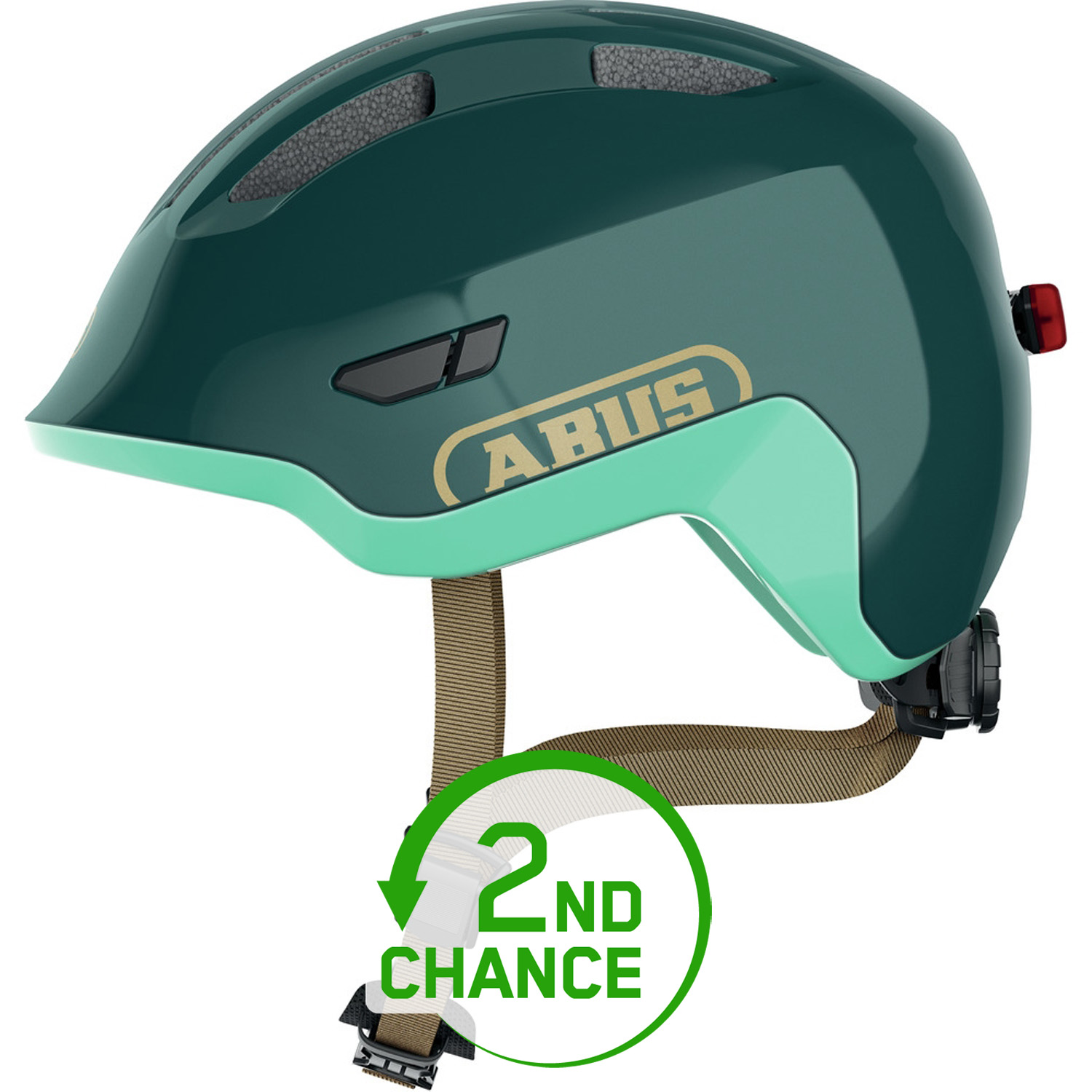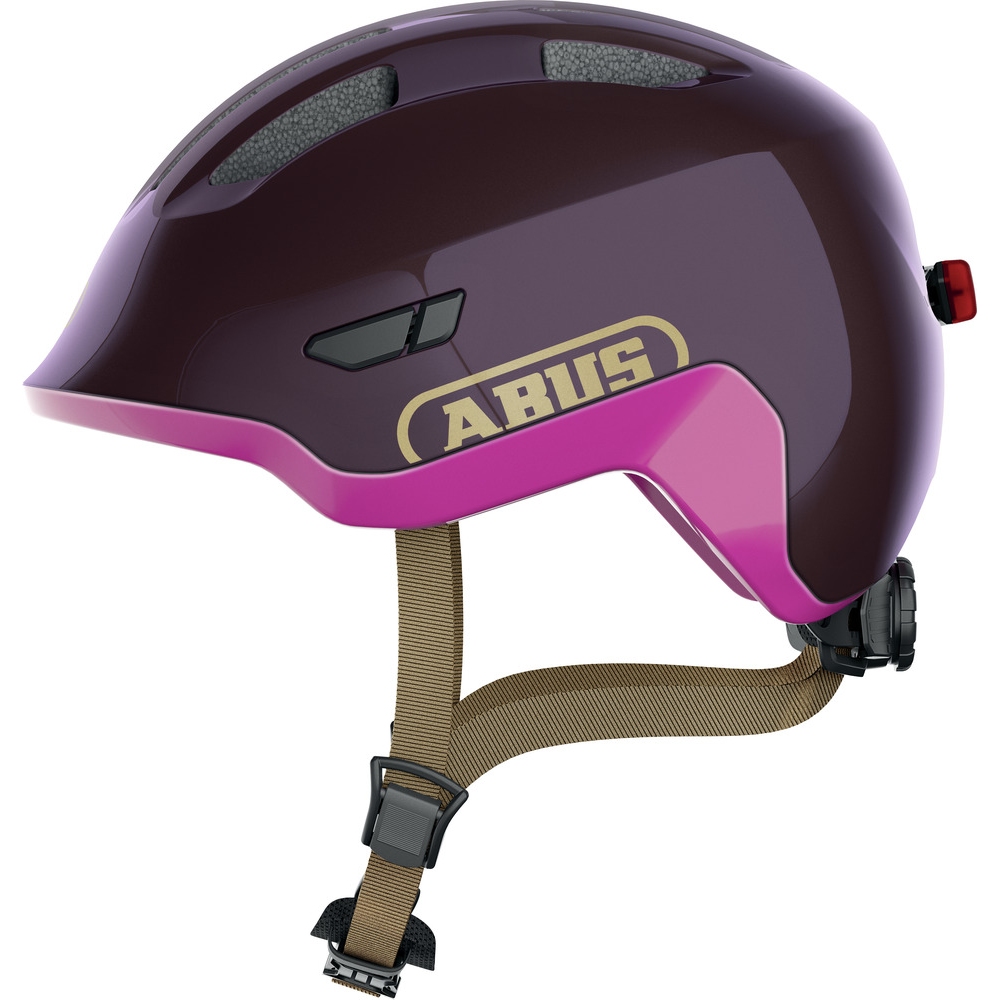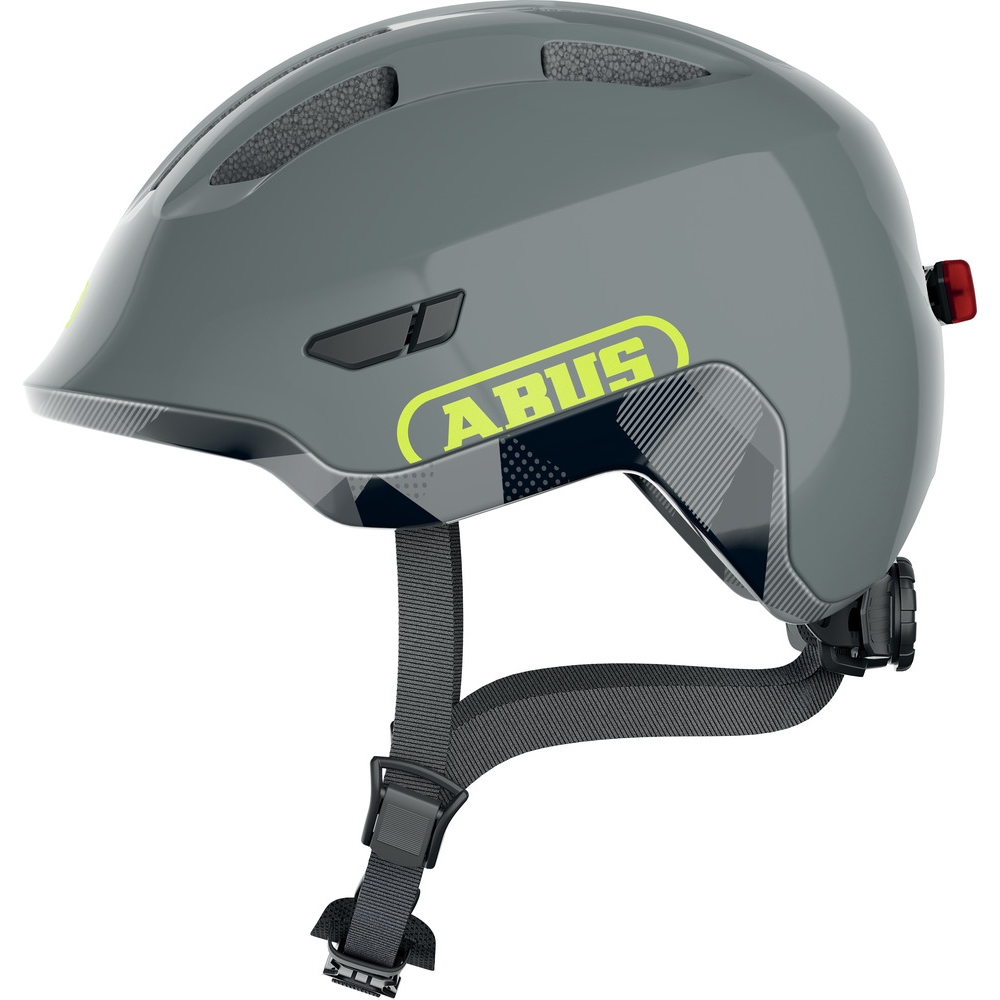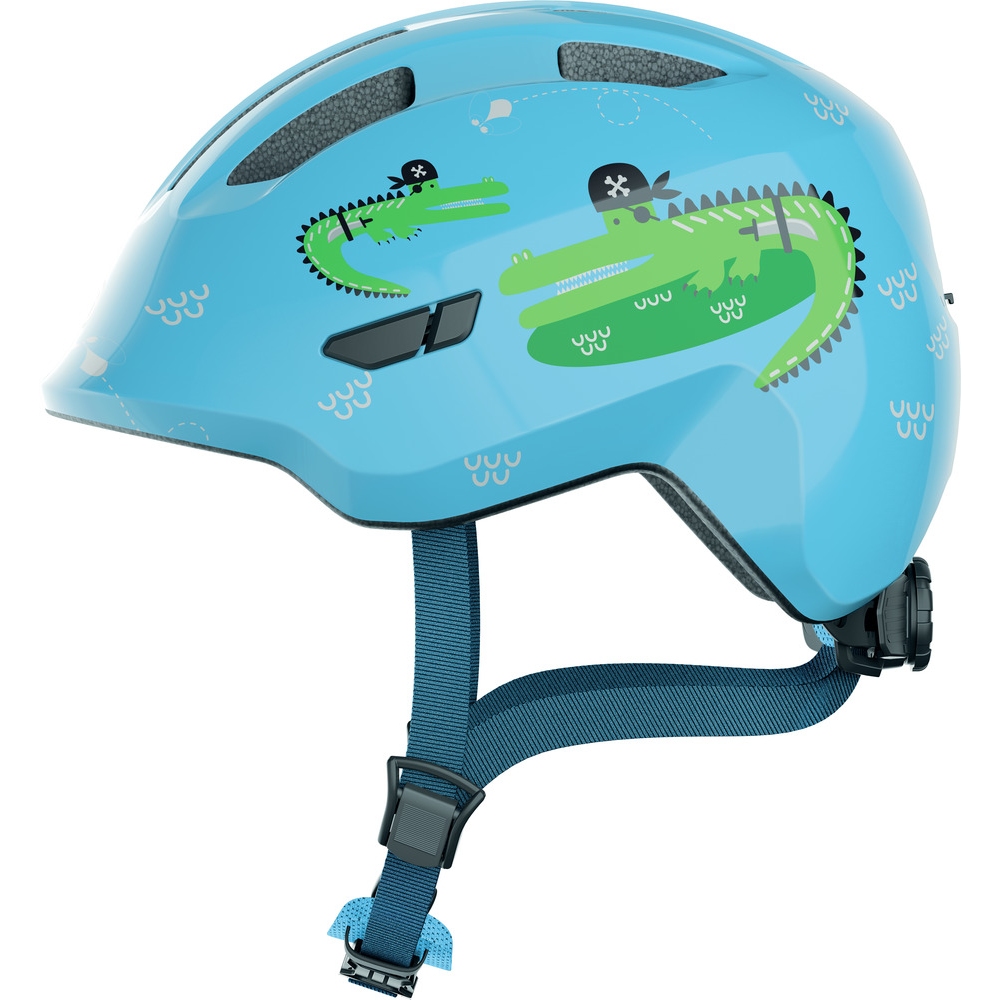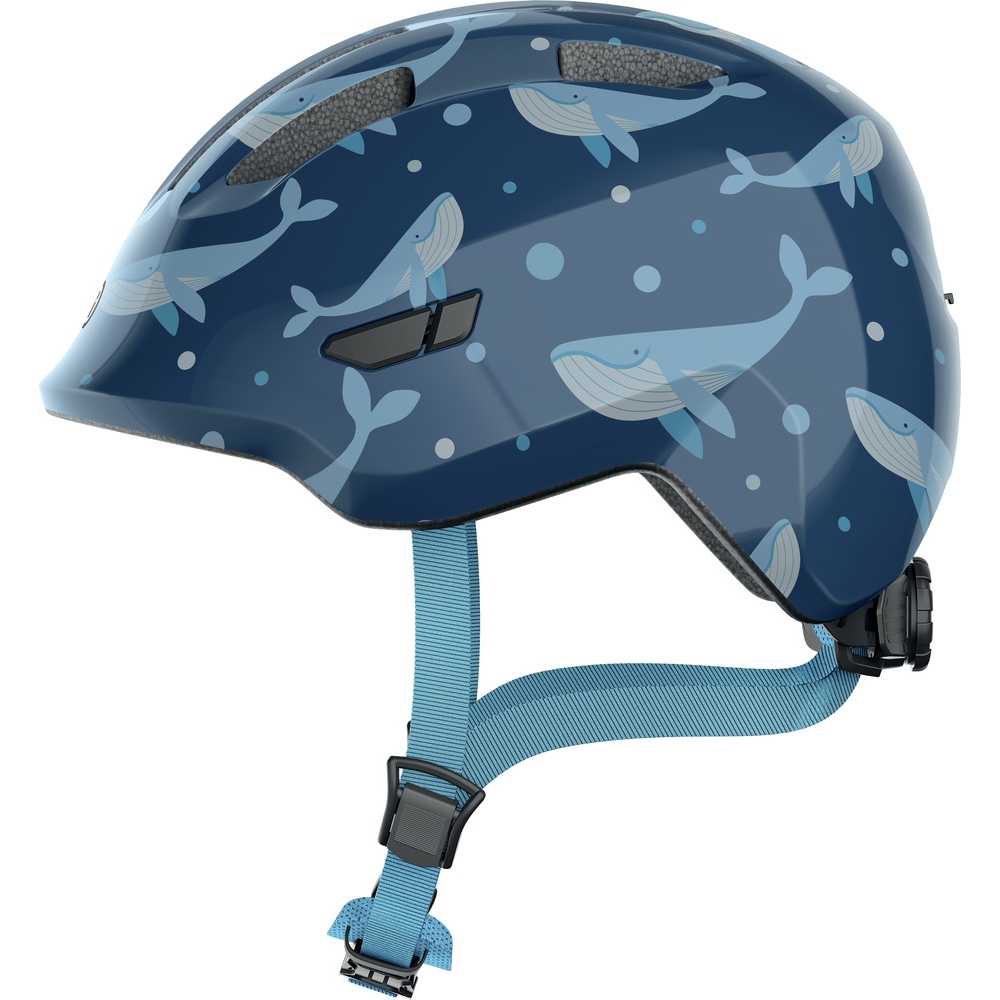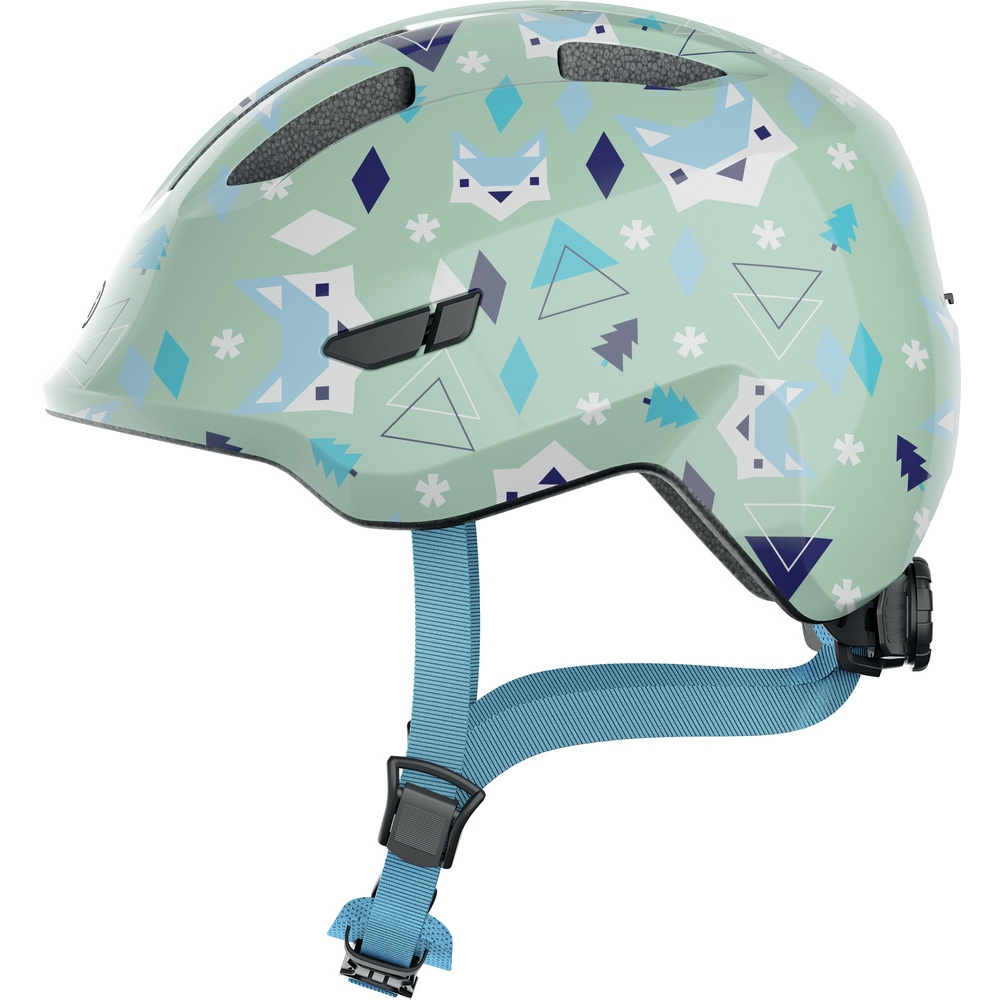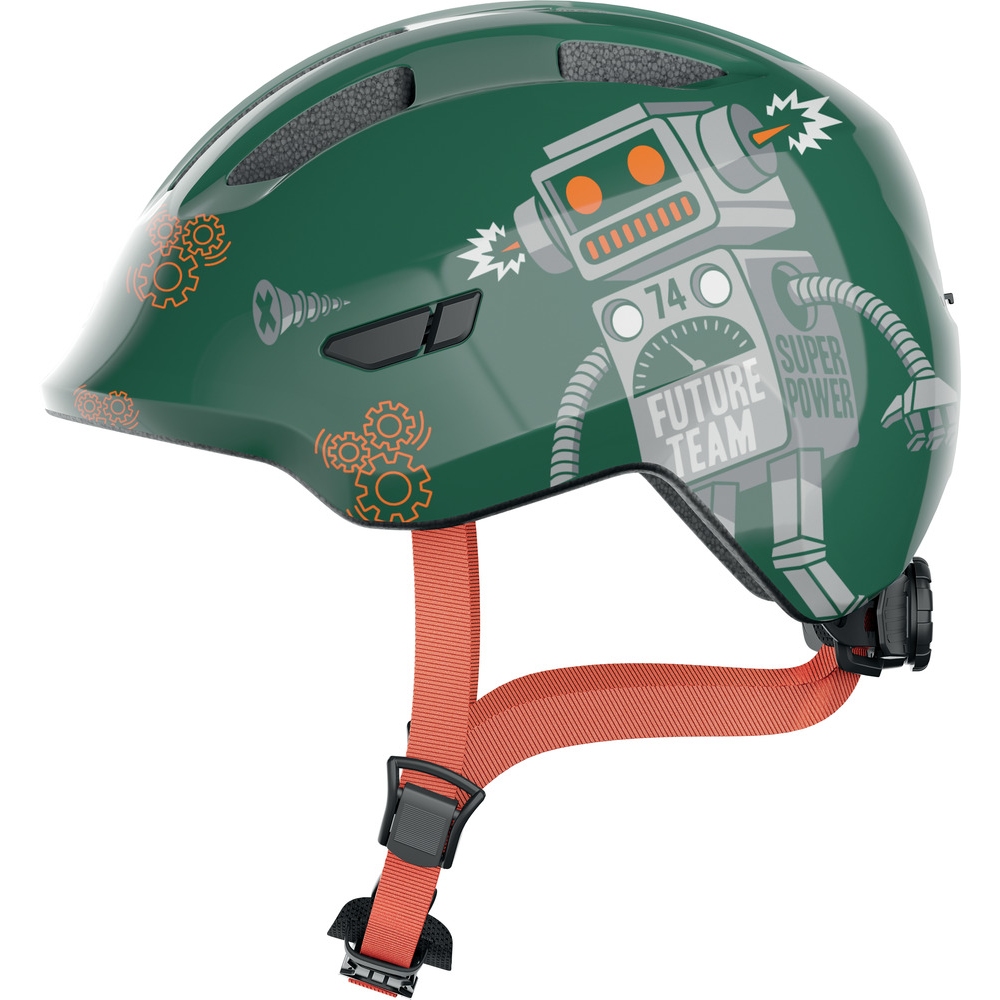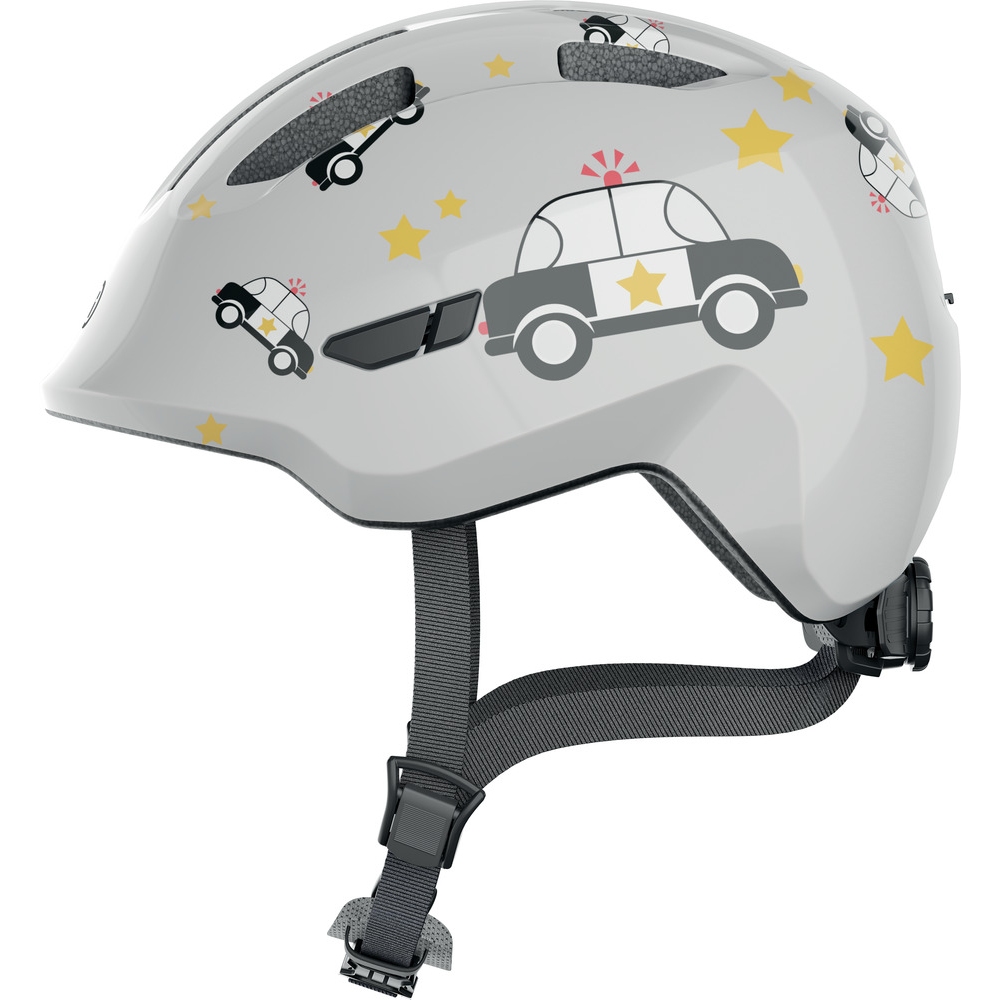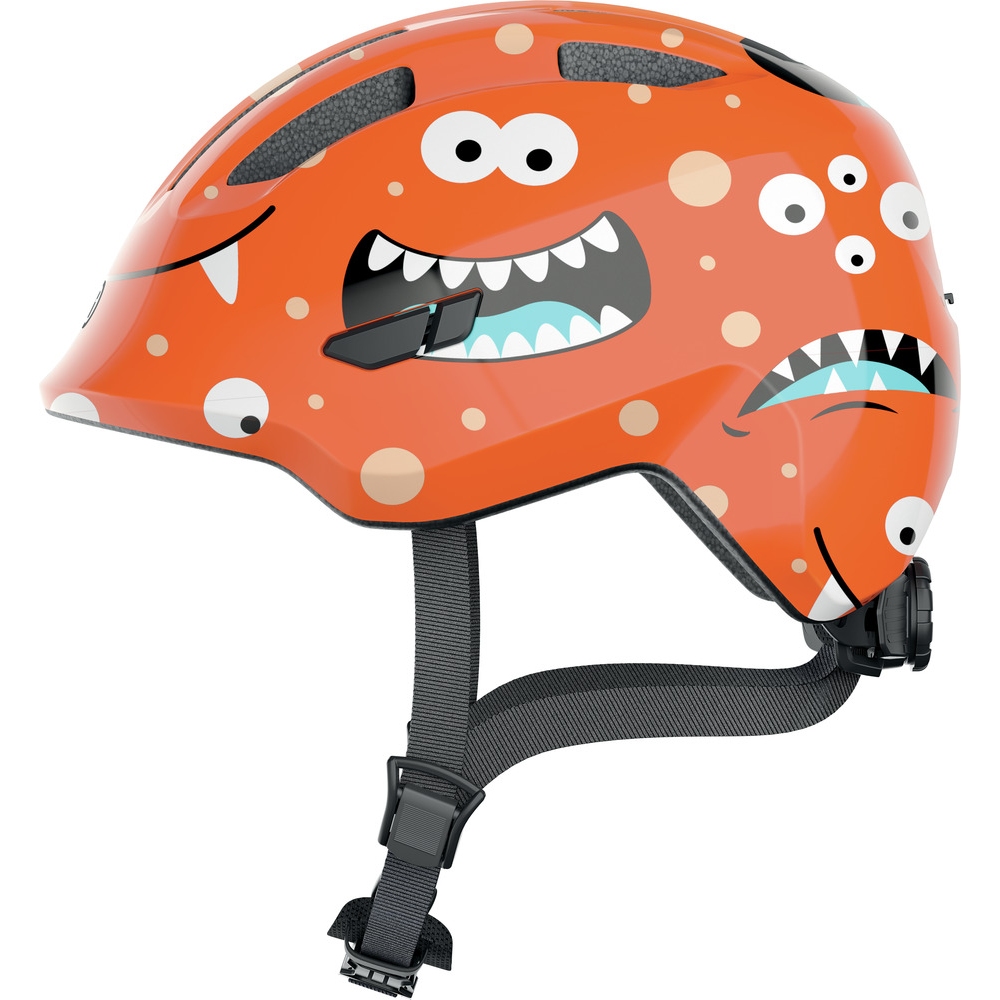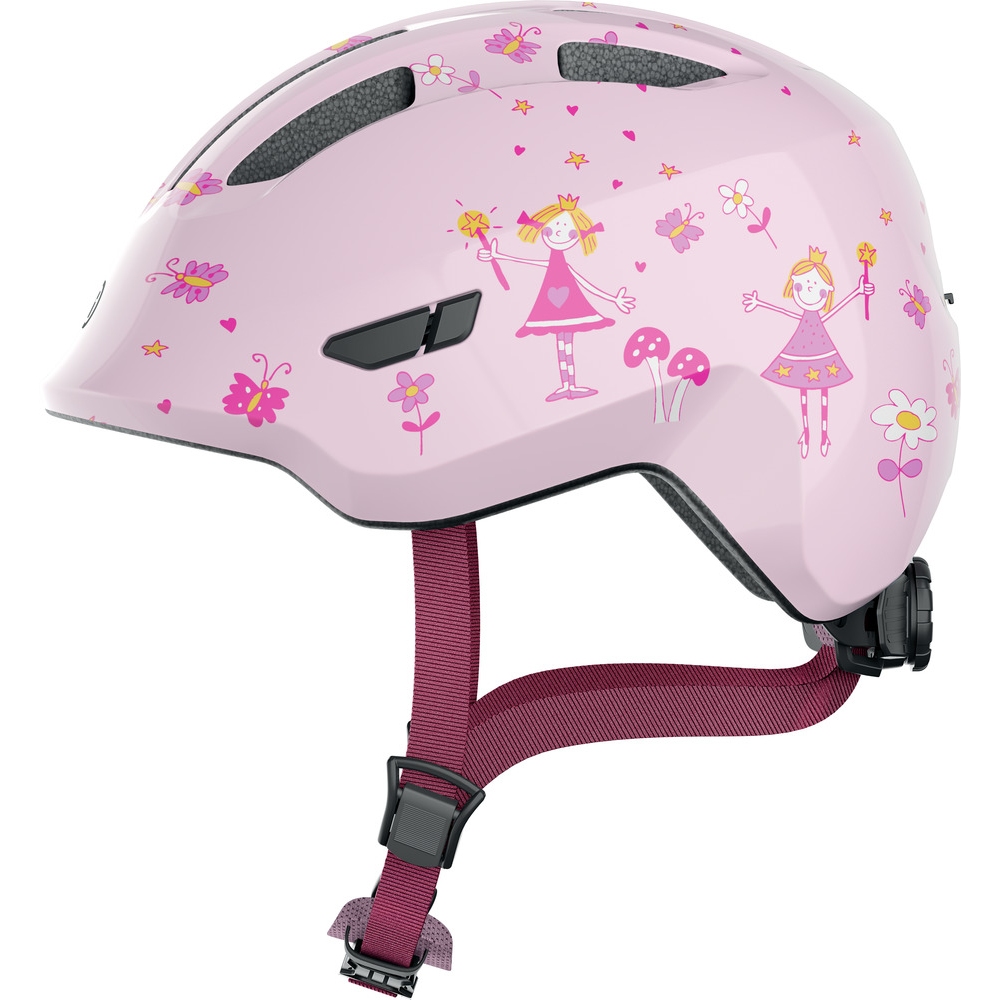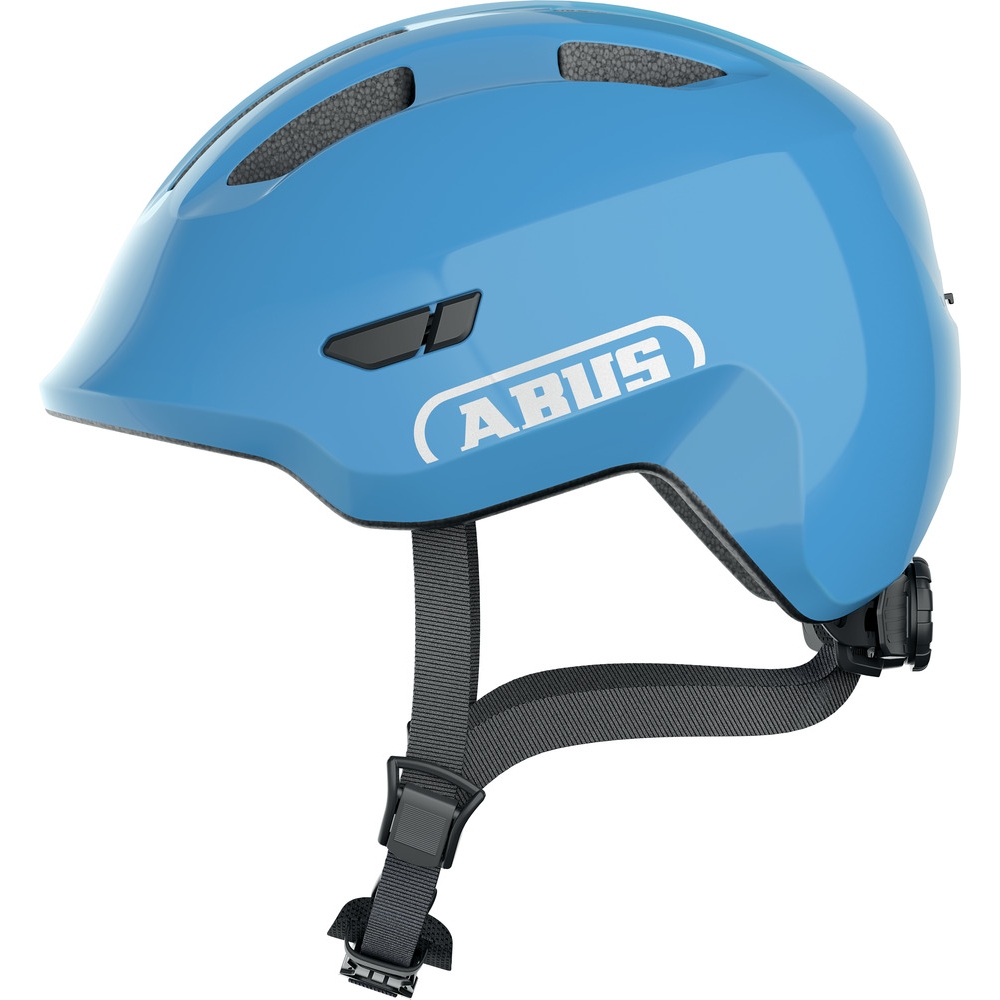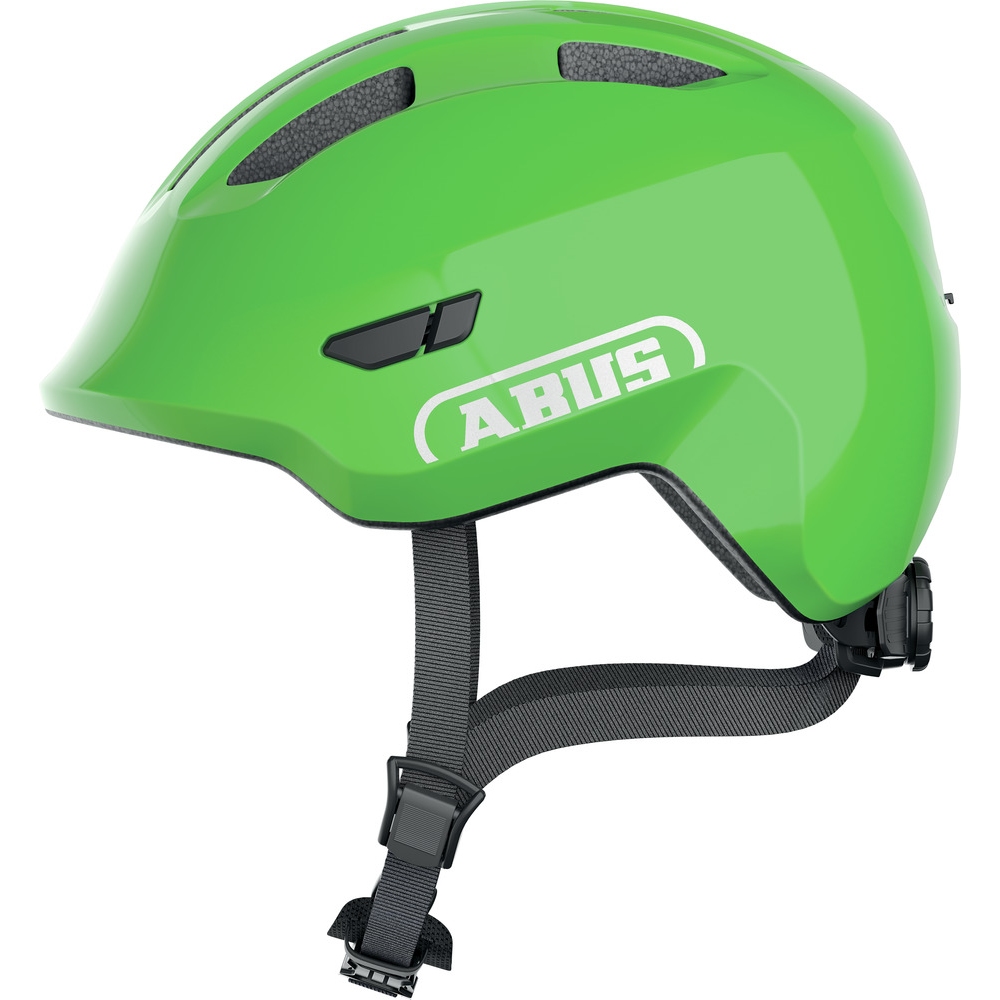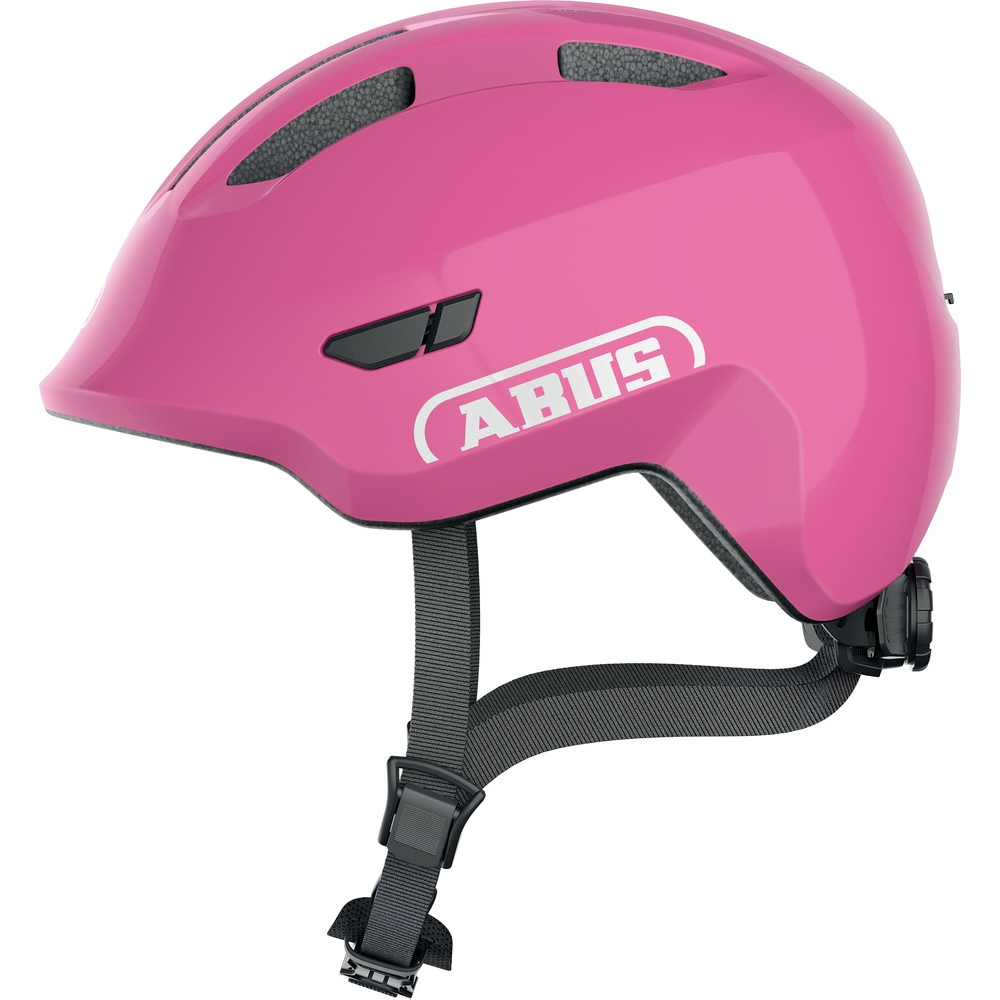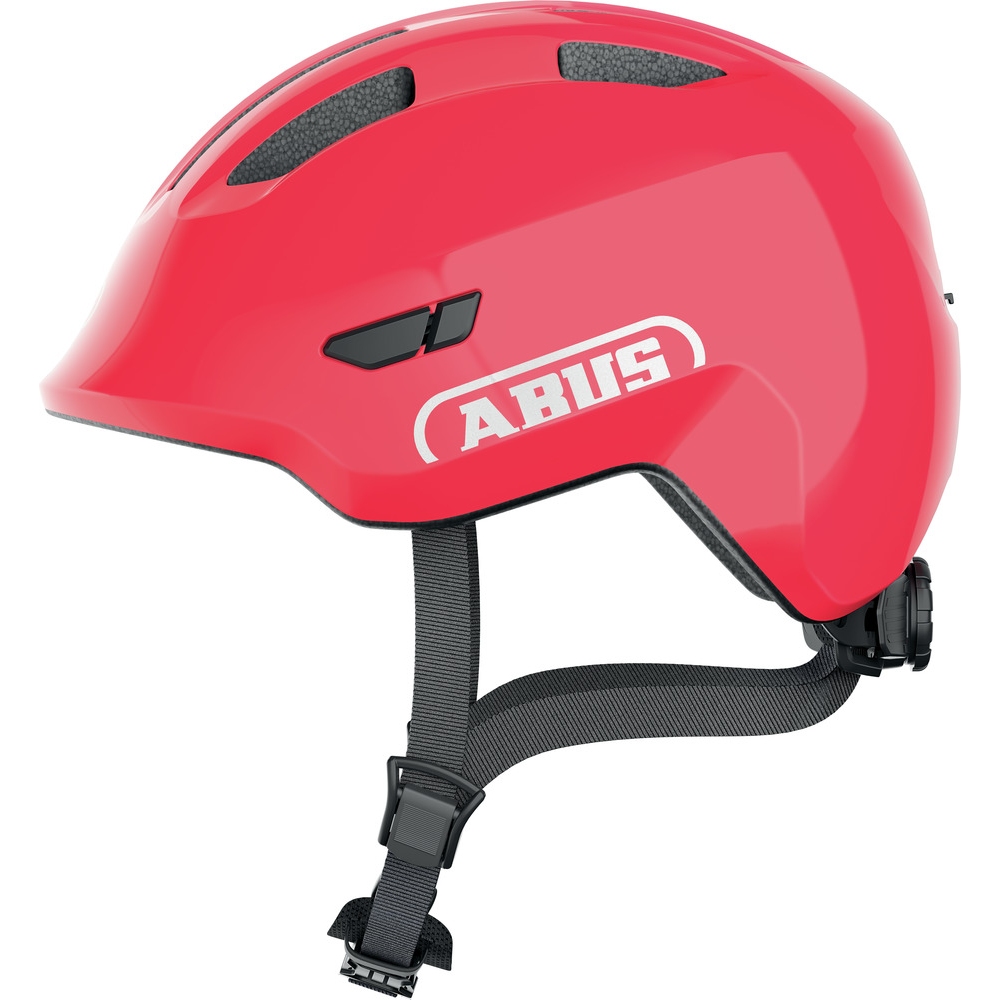- Home
- Cycling
- Clothing & Shoes
- Bike Helmets
- Helmets Kids
Kid's Bike Helmets – Small Helmets, Big Protection
If you want to master any skill, you need plenty of practice. And real champions never lose their heads – they wear helmets. From their first ride on a child’s bike seat through their first attempts on a balance bike to mastering the downhill trail on their MTB: cycle helmets for children are almost more important than helmets for adults. They come in countless varieties, shapes and colours. Here we explain what to look out for and how you can get your children to want to wear a bicycle helmet. Read more
Contents – Children's Bike Helmets
- From a Child's Seat to a BMX – The Kid's Helmet is Part of the Package
- Little Geniuses Wear Helmets When Cycling
- Kid's Bike Helmets for City, Road and MTB Cycling
- Safety Features for Kid's Cycle Helmets – MIPS, Certification Marks Etc.
- Bike Helmets for Girls And Boys: Size, Fit and Style Are Key
- Other Features and Helmet Accessories for Children & Teenagers
From a Child's Seat to a BMX – The Kid's Helmet is Part of the Package
It is impossible to imagine life without bike helmets – like school, sunshine or chocolate. We can all gladly do without head injuries. Parents should have the right helmet sorted out even before little ones go out on their own bike for the first time. Children should be well protected on rides with their parents on a child’s bike seat or bike trailer, as they are just as much a part of the road traffic as adults, but without any influence or the ability to move themselves out of danger. Depending on their size and development stage, children as young as one can enjoy fresh air out on the bike.
A child is a person in their own right. Parents have to come to terms with this reality early on and you sometimes have to protect your offspring from their own fearlessness that comes with plenty of courage and energy and very little experience. When adventurous and experimental children want to try out their first balance bike or children's scooter, it makes all the more sense to send them out with a helmet on.
- Because this protects their head from cuts and scrapes well as more serious injuries.
- It also ensures your little one gets used to wearing a cycle helmet from an early age and so continues to wear it as a matter of course in future.
Of course, you can also do cool stunts on a balance bike or scooter, but it's really fun to do it on their first proper children’s bike – whether it's a city bike, racing bike, BMX or MTB. Find out which helmet you should use for which activity, how to decide on the right model and how to choose the right size!
Little Geniuses Wear Helmets When Cycling
Starting is the hardest part. This is true for cycling, but not necessarily for choosing your first helmet. For the smallest heads, the choice is generally limited to two types.
The classic hard shell helmet is characterised by a lightweight outer shell made of plastic (usually polycarbonate) with plenty of ventilation slits and a hard foam inner shell. Insect screens keep out pesky insects without compromising ventilation.
The rounder skater or BMX helmets inspired by the dirt bike scene are also increasingly popular among our youngest cyclists. These particularly stylish helmets are also popular with older children and teenagers when trying out tricks for the first time at the skate park or in the city.
Of course, most children's helmets can be used on road bikes or MTBs if they still fit. However, if youngsters are serious about cycling, then you should treat them to a special road bike helmet or MTB helmet. Especially as their head is constantly growing anyway. And nothing is more important than the right fit (you can read more about size and fit in the penultimate section).
Kid's Bike Helmets for City, Road and MTB Cycling
Are they desperate to copy their big sister, best friend or mum who’s out cycling several times a week on tarmac or trails? Then, of course, the right helmet is a must!
For a road bike helmet, weight and aerodynamics are the most important factors. From a certain age or head circumference (usually from about 51 cm), kids can wear adult bicycle helmets. But racing bike helmets specially adapted for smaller heads are available too. 360-degree fit systems that allow particularly small adjustments to children's heads, as well as extra-soft, thick and changeable pads provide their heads with extra comfort without squeezing.
Off-road, weight is less crucial. This is about maximum protection. For their first rides out in the forest, young adventurers can confidently reach for versatile hard shell helmets with removable visors or stylish BMX helmets. Daredevil jumps or racing downhill on a mountain bike, however, require something altogether tougher. Teenagers who want to be daredevils on the trails should opt for full-face helmets. Used in motocross sports, they fully protect your neck, face and chin from branches and falls. To ensure that everything below the head remains intact, it is worth buying special protectors or pads for the arms, legs and upper body.
Safety Features for Kid's Cycle Helmets – MIPS, Certification Marks Etc.
There is no legal requirement to wear a cycle helmet in the UK, even for children. However, all helmets have to be tested extensively before they are sold. If they pass, they are awarded the BSI standard BS EN 1078 (CE) as a certification mark. Some cycle helmets are also awarded other certification marks such as Germany’s TÜV or ‘GS’ (tested safety). The most important thing, however, is that children’s bike helmets have passed the test procedure for the BSI standard or the European equivalent.
Different manufacturers use various fancy technology terms. Some, like the In-Mold technology, describe a longer-lasting connection between the outer shell and the inner foam, while others tout a unique adjustment or ventilation system. Which subtle differences might be relevant for your son or daughter is for you to decide. One term you can hardly get away from, however, is ‘MIPS’. The ‘Multi-directional Impact Protection System’ is designed to offer more protection in case of oblique impact and is indicated by a circular yellow logo. A flexibly suspended plastic shell inside the helmet absorbs the rotational load and distributes it evenly over the surface, reducing the risk of a more serious head injury.
Bike Helmets for Girls And Boys: Size, Fit and Style Are Key
As with women's cycle helmets and men's helmets, the right fit also determines how well the helmet will protect your head. From their first attempts on a balance bike to racing at full speed round a bend on slippery leaves – every child ends up on the ground at some point. If the helmet is suddenly required, it needs to stay on the head and not hang crooked or slip off.
You won't know how well a bike helmet fits until you put it on your child's head, but there are some pointers as to how likely it is to fit. First and foremost, you can go by helmet size and the corresponding head circumferences. Use a tape measure or a piece of string and place it around the head to measure the widest part. The best way to do this is to place the tape above the eyebrows and run it straight around the head. The corresponding measurement in centimetres will then help you choose the best helmet size.
It's better to buy the right size first time than to hope that the child's head will soon grow into it! The helmet can only provide protection if it fits properly.
For fine adjustment, most helmets have a dial at the back of the head and a chin strap that should be snug without constricting. A finger's width of space between the chin and the strap is a good rule of thumb. Because if kids find their helmet uncomfortable, they won’t want to wear it.
But the absolutely key factor when choosing a children's helmet is of course the style. Ideally, you should give your son or daughter a choice of several suitable models. Casual black, bright or vivid colours, smart patterns and designs, or popular cartoon, fairy-tale and comic characters: such a selection ensures little ones can find something they always want to take with them and wear on their heads.
Of course, you should replace any helmet after a fall – especially if the head was affected. Regular checks for cracks and holes also make sure the cycle helmet is still capable of providing its full protective effect. But since they grow up far too quickly anyway, that almost takes care of itself.
Other Features and Helmet Accessories for Children & Teenagers
Little heads can get cold quickly, even with a helmet on. Especially in the rain, wet hair and rapid cooling can spoil the fun of riding. To prevent this from happening, there are practical helmet covers or rain covers that you can pull over your helmet. There are matching cycling caps to go underneath for extra warmth.
Younger children are particularly easy to miss in city traffic. Some children's helmets come equipped with reflective details to minimise the risk. For additional safety, many helmets can be upgraded with special helmet lights. No compromises should ever be made on health and safety. And when it comes to family, only the best is good enough.

